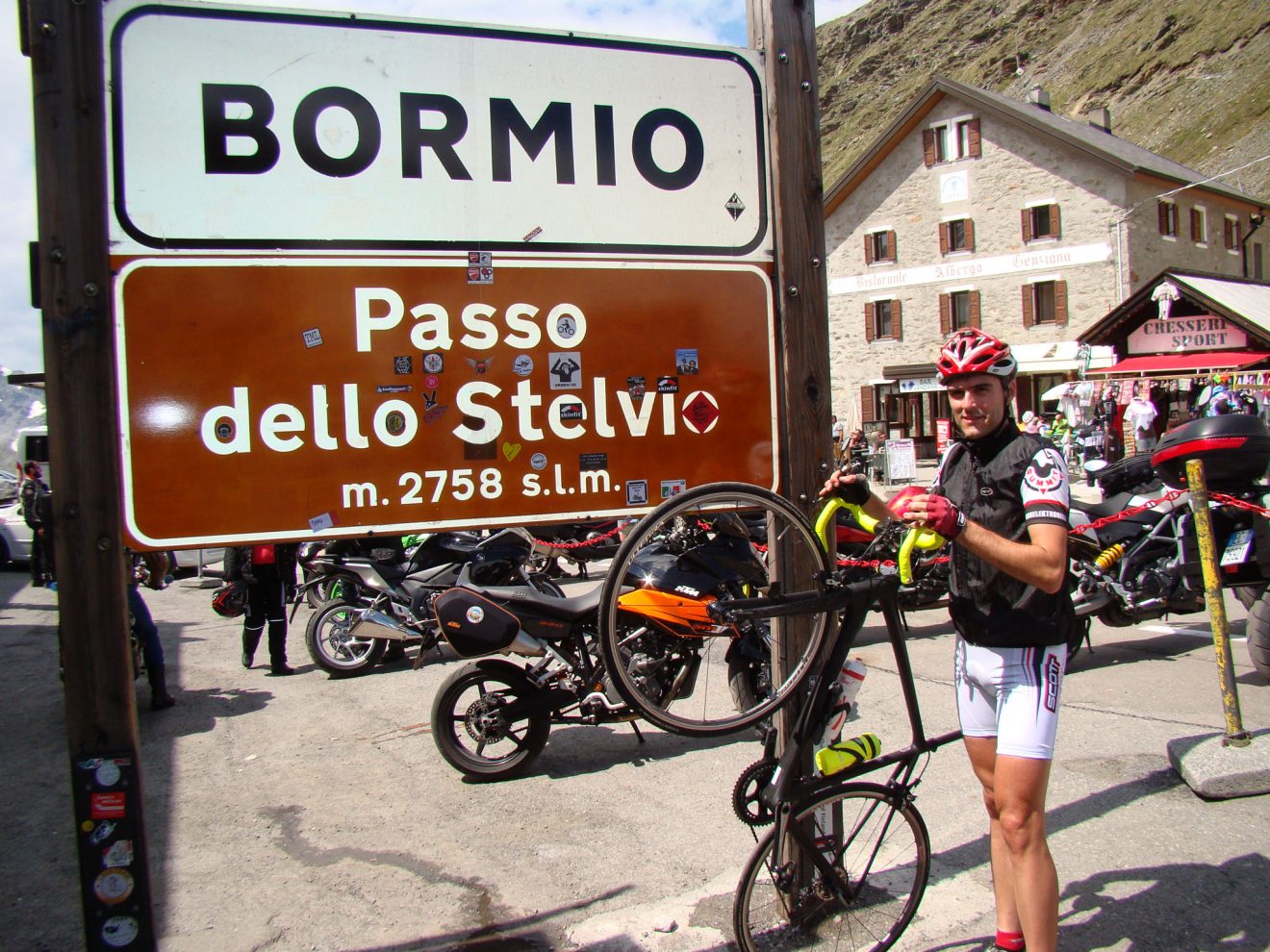Planning is bringing the future into the present
so that you can do something about it now.
– Alan Lakein
This article is a direct follow-up to the previous one, on the topic of season planning, so if you haven’t – it is recommended that you read it first.
TENET
As in the movie of the same name, in which the course of action is such that time flows forwards and backwards at the same time, training and timing of form have a very similar relationship. Of course, we train in the normal time course :), but the timing of the form and the creation of a training plan is done backwards – so it is crucial that we, above all, clearly define the events of A, B and C categories, which will take place in the future and based on which we will timely create a training plan for the entire season.

I may have confused you with this irrational analogy, but the point is that, after solid winter preparations and a couple of months of quality base rides, you only need 10 weeks of specific training to reach the very peak of your form! That is why I have earlier emphasised that the main mistake you can do is to start training “too much too soon”, because you will reach the top form very early in the season and at best you will find yourself on a plateau, from which you can very easily slip and spiral into abyss, but it is an entire topic that will be discussed separately in one the future articles. Of course, it is a completely different matter if the most important events of the season take place in mid-March, but that is a very rare case for most road riders of our profile.
The countdown has begun!
So, the first thing we do is to base ourselves on A category events, primarily the one that comes first. For example, let’s say this event is scheduled for the end of June of this year. Just as we don’t study for an exam the night before, we should be completely ready for this event a week before it takes place. As we worked very diligently until that day, trained intensively and did everything that was in our power, we use that week for a combination of rest, short intensive trainings and traveling to the event, so that we would be as ready as possible and sufficiently rested, come the “D-day”. This means that the preparations focused on this event start 11 weeks earlier, i.e. in mid-April. The principle stays the same regardless of the date of the A-1 event.

After that, we add the other category A event to the training plan. After the first event, we will rest a bit and then continue training, but with reduced intensity, in order to avoid many side effects and to be able to reach the second peak of the form just in time for this second very important event. We also count the time backwards from the event and since we are already starting at a high level of form, we will need only two to four weeks for the new preparations and to achieve maximum performance.
It is also important to note that if the first event is scheduled early in the season (spring) and the second one comes in late (autumn) i.e. if there is a large gap between them – it would be advisable (and even useful) to take a mini-break and a rest in training process during the summer, in which case the preparations for the second event will look similar as for the first one.
This completes the draft of the general training plan for the most important events.
“But we also want to B important!”
Of course, B category events also rank very high on the list of events of our interest, so we will now pay attention to them. We insert them into our draft and analyse the situation. What is specific to these events is that we will adjust the basic 10-week training plan to suit these events on a weekly or monthly level.
What does this mean? Again, it is best to stick to a concrete example. We mentioned an A category event in late June. Let’s say this is a National Championship in the discipline of Road Racing and/or the discipline of Time Trial. Also, let’s say that at the beginning of May we have a Road Hillclimb Championship and at the beginning of June there’s some important flat or a Criterium race – in the weeks preceding those races our weekly training plan will deviate from the basic plan, in that we will place an emphasis, with the basis of the training process remaining unchanged. The same is true for the period between events A-1 and A-2, as well as after A-2.

Analogously, if you practice a specific type of cycling, such as ultramarathon cycling, the training plan will be adapted to the type of profile and the length of the specific routes you plan to ride in a given period. The same is true if you are a recreational-enthusiast rider and you are preparing for, let’s say a bike trip to the sea followed by riding in mountain ranges later in the season or maybe you are training to attack certain Strava segments… but we will deal with specific trainings in the following articles.
Vitamin C
If there are many events of your interest, then you probably have a bunch of marked dates in this category as well. Since these are incidental events, which also serve us as a good training – they do not particularly affect the training plan, but, just like I said – they serve as a good training. This means that instead of going on standard local rides, on these weekends we will go to these less important races, organised group rides, 200 km brevets starting in another city or maybe go on our own trip to a region we have always wanted to explore by bike. In any case, these are rides that are not our priority in the grand scheme of the season.

You may now be wondering: “What should we do if some B category events fall outside the initial 10-week plan or if two completely different events are too close to each other?” Great question but the answer is: “Nothing special.” In the first case, we will prepare for such B category events by adding appropriate elements to the base preparation period and as for the second case – we have obviously not defined the calendar of events well, because some of these events should really be in the C category – we need to know our priorities :).
If you got tired just of reading this article, thinking about various events and doing the season planning – remember – with a good training plan you will become as sharp as a samurai sword while without a plan you will act like a sailboat wandering aimlessly at sea. It is up to you to decide what your season will look like.
